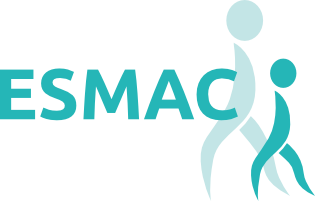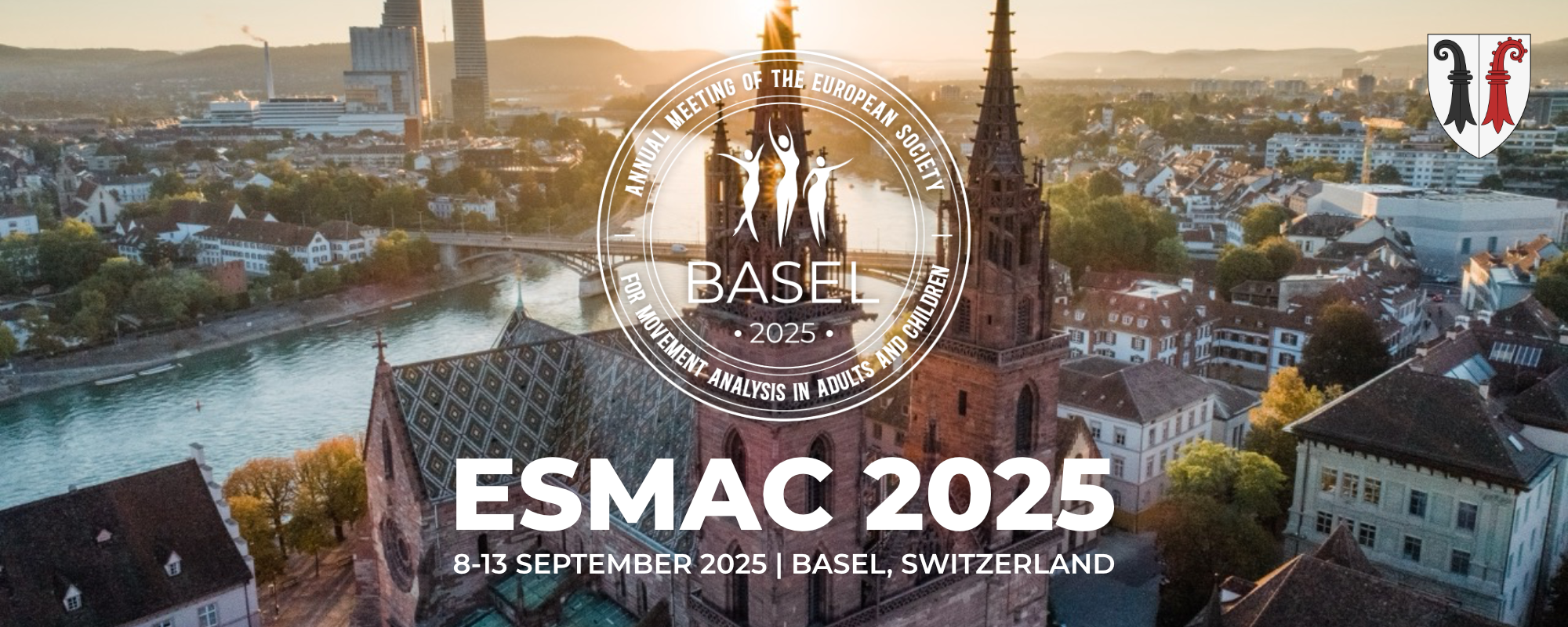Baumann Lecture
Ensuring Global Impact of Movement Analysis Research: Bridging the Gap Between Europe and Low-to-Middle-Income Countries
Research conducted in movement analysis laboratories across Europe and other high-income countries has led to significant improvements in our understanding of human movement, promoted advancement in measurement technology and has provided an evidence base to optimise treatment outcomes. However, the challenge remains: How do we ensure that these advances benefit not just ourselves, but also individuals in low-to-middle-income countries (LMICs), where access to specialized equipment and expertise is often limited?
This presentation will explore strategies for making motion analysis research more globally inclusive and impactful. Approaches such as adapting methodologies to low-resource settings, fostering international collaborations, and leveraging affordable technology to translate findings into accessible interventions will be discussed. Additionally, the presentation will touch on ethical considerations, such as ensuring research aligns with local needs and is conducted in partnership with communities.
By fostering knowledge exchange and prioritizing practical implementation, ESMAC can play a pivotal role in improving access to, and application of motion analysis research worldwide. This talk will suggest recommendations to bridge the gap between cutting-edge research and meaningful global impact

Julie Stebbins
Nuffield Department of Orthopaedics, Rheumatology and Musculoskeletal Sciences
Click here to see short Biography
Julie is a clinical scientist working at the Oxford Gait Laboratory and within the Nuffield Department of Orthopaedics, Rheumatology and Musculoskeletal Sciences, University of Oxford. Her research primarily focuses on biomechanics of the foot and ankle. More recently, she has been involved in setting up gait analysis services in Ethiopia and other countries in sub-Saharan Africa.

